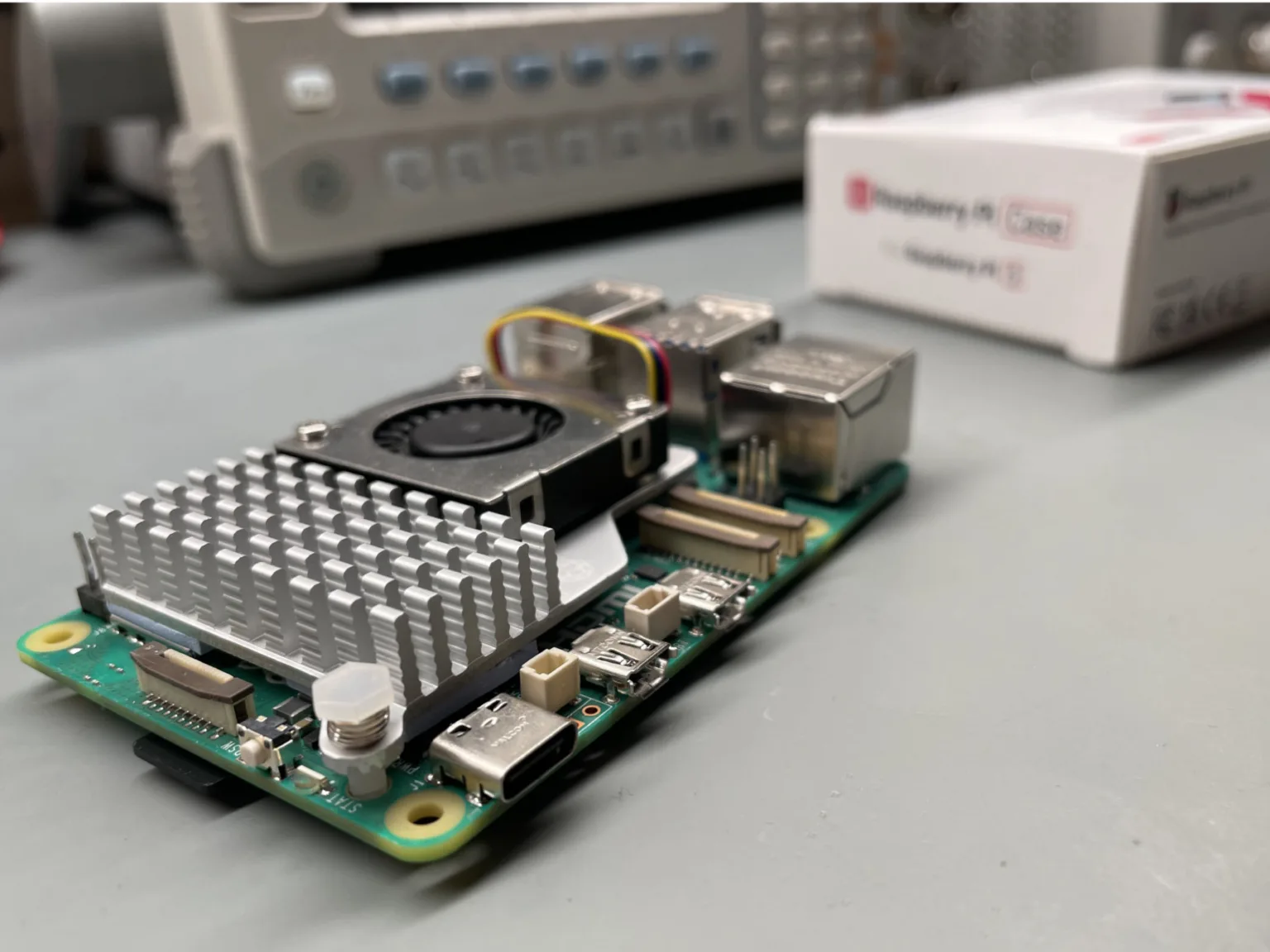There’s a lot of misinformation circulating around on the warranty status of overclocked Raspberry Pi boards. Some sources claim that this procedure irrevocably flips a “warranty bit” which voids the warranty, others state that there’s a certain threshold with some settings which cause the bit to flip.
A number of “fan theories” also exist, including speculation about dedicated hardware components which get physically altered to notify service providers of your overclocking escapades.
Well, here’s the definitive answer – no, overclocking your Raspberry Pi won’t void the warranty. In fact, it never did. Our source? Raspberry Pi themselves.
During our time with an overclocked Raspberry Pi 5 (you can find our full guide on Pi 5 overclocking here), we kept in touch with the board’s engineering team which assured us that there is no real way to cause any damage to the board (or the warranty) by overclocking.
All Raspberry Pi boards have a set upper safe SoC voltage limit which they won’t ever exceed. This is limit is 1.4 V for the original Raspberry Pi, 1.1 V for the Pi 4 and 1.0 V for the new Pi 5.
Yes, this means that no matter which lines you put in your /boot/config.txt file, the Pi won’t damage itself.
For example, even if you explicitly tell a Raspberry Pi 5 to ramp up the voltage by 0.5 V by adding:
over_voltage_delta=500000
the board won’t, for safety reasons, ever exceed 1.0 V, even though this line should technically allow it to supply the chip with up to ~1.3 V.
The same applies to the older over_voltage parameter: you physically can’t force a Raspberry Pi board to fry itself by ramping the voltage up too high.
What about the warranty, though?
Well, the warranty bit does exist, but it was never used as grounds for warranty refusal, and the newer boards: the Raspberry Pi 4 and Raspberry Pi 5 don’t even set it.
According to Raspberry Pi, it was added to address concerns from resellers about overclocked boards. Certain overclock options (mostly related to the over-voltage parameter) would trigger the board to flip this bit, which would let resellers know that the stock clocks were tampered with.
However, after a while it has become apparent that overclocked boards simply weren’t failing more than their non-overclocked counterparts, so this “warranty bit”, while still being internally set under certain conditions, wasn’t taken into consideration during warranty claims.
The Raspberry Pi 4 and Raspberry Pi 5 take this a step further and forgo setting the bit altogether, making it impossible to tell whether a specific Raspberry Pi has ever been overclocked or not.
Of course, this doesn’t mean that overclocking a Raspberry Pi is without any risks. Perhaps most importantly, overclocked boards generally aren’t as stable as those running at stock speeds. This might not be important for some users and certain applications, like gaming, but for others, stability may be worth far more than a 20-30% increase in performance.
Pushing your Raspberry Pi’s clocks too far might even cause it to fail to boot altogether. It might look scary at first, but it’s nothing to fret about. Fixing it is as easy as reverting changes to a file. There shouldn’t even be damage to the OS installation itself or any of the files.
There’s also the question of extra heat. While Raspberry Pi boards can generally happily run at stock speeds without beefy cooling solutions (though, newer Raspberry Pi models are bringing this statement into question), overclocked boards absolutely require cooling, preferably active.
This all leads to increased power draw too, both because the SoC requires more power to run at higher clock speeds, and because the active cooling draws some extra wattage too.
If your project requires just that tiny bit of additional performance that overclocking can provide, it can be the simplest and most elegant solution, all while letting you keep using the hardware your already own. Overclocking has been a staple in certain parts of the Raspberry Pi community and has paved the way for many of the most impressive projects created on these boards.
Overclock responsibly! Keep the pros and cons in mind – but rest assured: you won’t damage your board or void your warranty, no matter how far you push the clocks.


